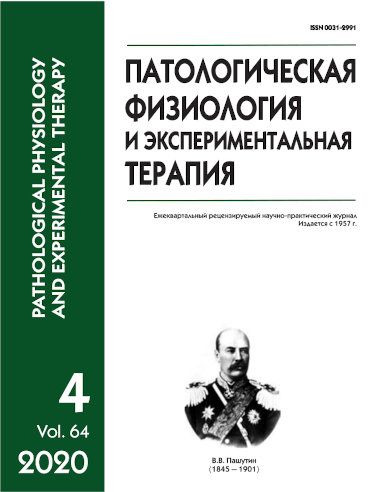Comparison studies of neurotropic activity of the nepeta cataria and nepeta grandiflora extracts
Abstract
Promising sources of biologically active substances (BAS) with neurotropic activity are representatives of the genus Nepeta L. – cat’s cat (Nepeta cataria L.) and large-flowered cat’s cat (Nepeta grandiflora Bieb.).
The aim of the work is to study the pharmacological activity of extracts and fractions of BAS Catnip and large-flowered Catnip with the use of specific enzyme Biotest systems in in vitro experiments and using biological models on laboratory animals.
Method. For a comparative assessment of the neurotropic activity of cat extracts (Nepeta cataria L.) and large-flowered (Nepeta grandiflora Bieb.) biological screening of samples with dopaminergic activity was performed using a tyrosine hydroxylase-specific enzyme Biotest system in in vitro experiments. The parameters of acute toxicity and anti-inflammatory activity of the extract were determined. When studying the acute toxicity of the extract using the Kerber method, white non-linear male mice in the number of 30 individuals were used. Extracts were administered to animals intragastrically in doses of 500, 1000, 1500 and 2000 mg/kg. We studied the effect of course (3-4 days) administration of selected extracts based on the results of screening on the Central nervous system and animal behavior at doses of 10 and 100 mg / kg on the models «raised cruciform labyrinth» and «chloral hydrate sleep». Comparison drug-motherwort extract tablets at a dose of 100 mg/kg.
Results. As a result of screening studies in in vitro experiments based on tyrosine hydroxylase, dopaminergic activity was detected in the cat’s large-flowered dry extract and cat’s dry cat extract. When administered once, the extracts did not lead to the death of animals, changes in the appearance and behavioral reactions of mice were not observed. According to the chemical toxicity classification according to GOST 12.1.007-76, extracts are low-toxic substances. In doses of 10 mg / kg and 100 mg / kg, these extracts have a significantly pronounced sedative effect, reduce nervous and emotional tension. The sedative effect is shown in improving sleep and increasing the duration of sleep.
Conclusions. Dopaminergic activity was detected in the cat’s large-flowered dry extract and the cat’s dry cat extract. Extracts of Catnip and large-flowered Catnip are low-toxic substances, have a pronounced sedative effect in experiments in vivo, reduce nervous and emotional tension. Extracts of Catnip and large-flowered Catnip are promising for further study.






